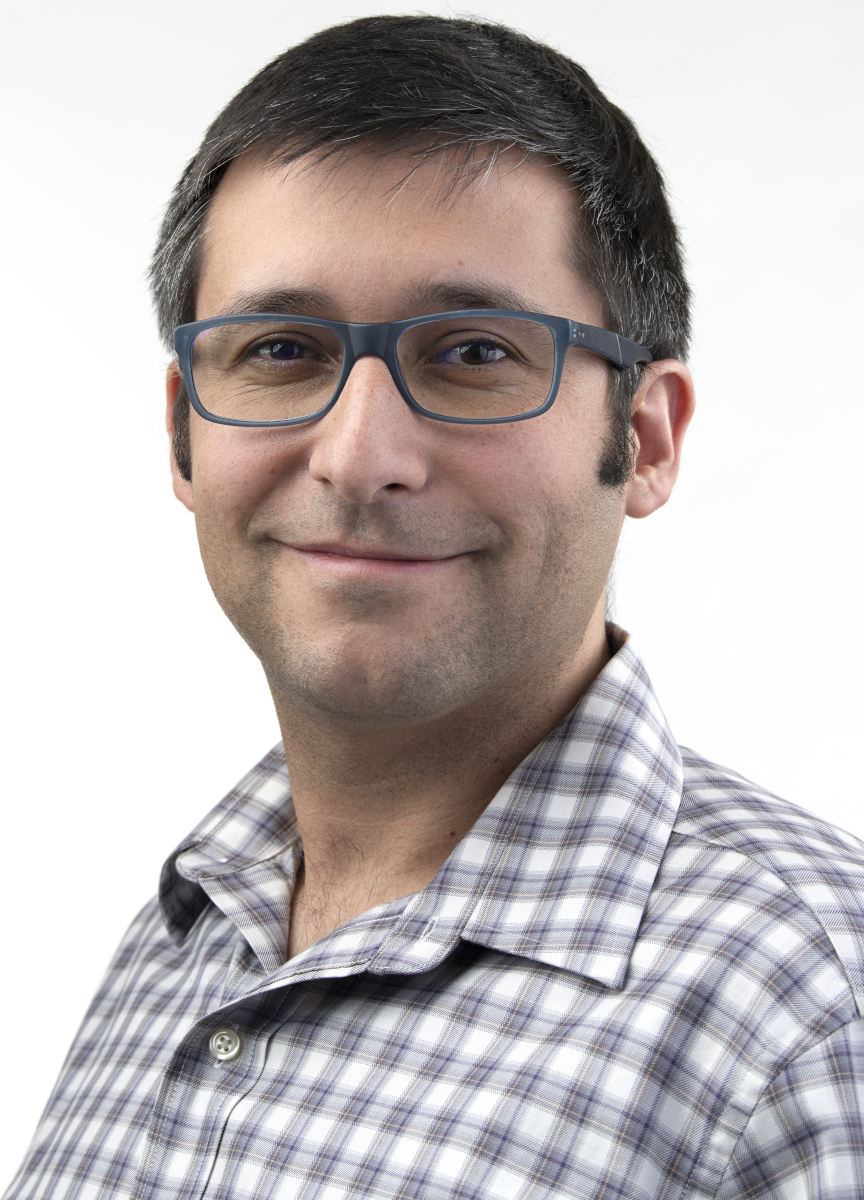News & Events
MSC03 2060
300 Terrace St. NE
Albuquerque, NM 87131-0001
Physical Location:
Clark Hall
Phone: 505-277-6655
chemistry@unm.edu
MSC03 2060
300 Terrace St. NE
Albuquerque, NM 87131-0001
Physical Location:
Clark Hall
Phone: 505-277-6655
chemistry@unm.edu

Profile: The University of New Mexico Chemistry and Chemical Biology welcomes one of our very own back, Dr. Benjamin Stein. Dr. Stein received his Bachelor of Science in Chemistry from the University of Northern Colorado in 2007. In 2015, Dr. Stein received his Doctor of Philosophy in Chemistry (with distinction) from the University of New Mexico. Presently, Dr. Stein is a Seaborg Postdoctoral Fellow, studying with the Inorganic, Isotope, and Actinide Chemistry Group (C-IIAC) at Los Alamos National Laboratory, Los Alamos, NM. Dr. Stein has expertise in: use of optical spectroscopies, including (resonance) Raman and magnetic circular dichroism, electron paramagnetic and nuclear magnetic resonance spectroscopies, analysis of biological samples, with special emphasis on spectroscopic studies of metalloenzymes, synchrotron based X-ray spectroscopies, including X-ray absorption and XAFS for analysis of a wide variety of inorganic, organometallic, and metalloenzyme samples, handling, characterization, and preparation of radioactive materials, synthesis and characterization of organic, inorganic, and organometallic compounds, and computational chemistry methodologies, including density functional theory (DFT), ab initio, and molecular mechanics (MM).
Abstract: Actinium-225 (t1/2=10 days) is a promising isotope for the treatment of metastatic cancers. During the decay of Ac-225 (and daughters), a total of 4 alpha particles are emitted, which gives Ac-225 uniquely high cytotoxicity. However, the use of Ac-225 has been hindered by both by an insufficient supply and a limited understanding of fundamental Ac chemistry. LANL is part of the “Tri-Lab” effort to develop a proton accelerator production capability that utilizes proton irradiation of naturally occurring thorium. In addition to addressing production, we have also been engaged in a cutting-edge research program focused on developing a wide variety of spectroscopic and physical techniques to interrogate the chemistry of Ac. Contrary to Ac-225, Ac-227 (t1/2=22 years) is available in microgram amounts, enabling the use of more “traditional” inorganic chemistry techniques. We have developed multiple spectroscopic and theoretical approaches to help understand Ac coordination chemistry, in particular X-ray absorption fine structure (XAFS) and nuclear magnetic resonance (NMR), supported by in-depth theoretical thermodynamic computations. Finally, the speaker will give a broad overview of some of the many career paths available at LANL, which has programs that include such diverse areas such as fundamental R&D, global security, and medical isotope production.
See Announcement